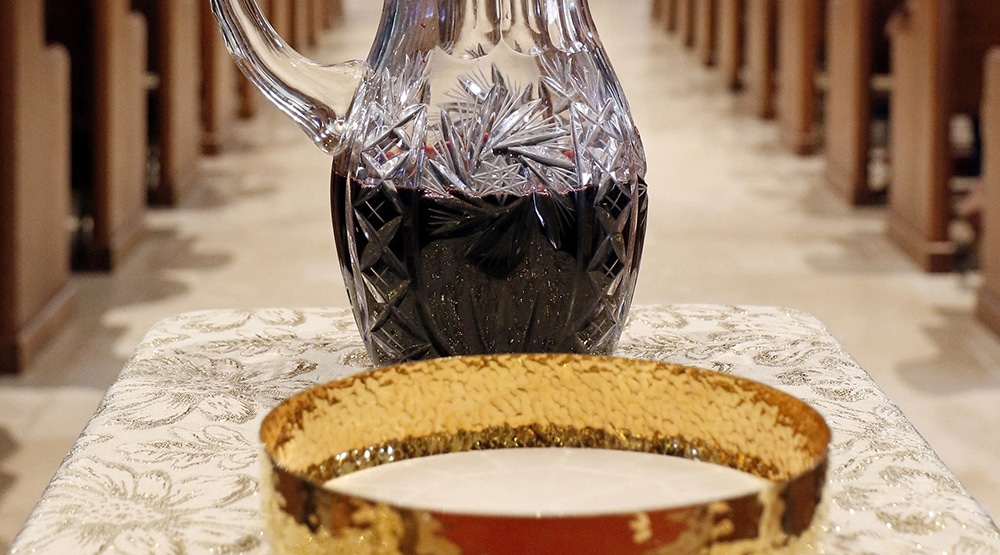 My first introduction to eugenics was as a junior in high school. Sadly, it was from my own initiative to do an in-depth research paper about the topic, a part of our history that is not addressed in textbooks or class discussions at most schools. Rather it is passed over, ignored and forgotten — but it hasn’t been eliminated.
My first introduction to eugenics was as a junior in high school. Sadly, it was from my own initiative to do an in-depth research paper about the topic, a part of our history that is not addressed in textbooks or class discussions at most schools. Rather it is passed over, ignored and forgotten — but it hasn’t been eliminated.
I remember spending hours poring over books and articles, highlighting sentences and entire paragraphs that told horror stories of the eugenics movement from the early part of the 20th century. Never have I been so fascinated by a school project — a revolting type of fascination.
We are living in a new age of eugenics, a resurgence described as “health care.” It is more subtle, but it is there nonetheless. The abortion statistics speak for themselves, and as Russell Shaw wrote in a recent article, the pro-choice industry is simultaneously targeting the most vulnerable and erradicating diversity.
Recently, an article surfaced that made me wonder if anything has truly changed since the eugenic movement was first squashed. This past weekend, the Court of Protection in the United Kingdom, which hears cases for people judged to lack the mental capacity to make decisions for themselves, ruled that it was better for a pregnant woman in her 20s with a “moderately severe” learning disability and a mood disorder to have an abortion, arguing that the trauma of an abortion would be less scarring for the mother than giving birth and later being separated from the baby.
While some of the details of the pregnancy remain unclear, what is known is that the young woman, who is 22 weeks pregnant, did not request the abortion. Instead, doctors at a National Health Service trust, where the woman had been receiving care, applied to the Court of Protection and requested the abortion. But those closest to her — the woman’s lawyers, her social worker and her own mother — all objected to the abortion. The mother, who is a former midwife from Nigeria, even had offered to care for the child. Oh, and both the woman and her mother are Catholic.
Justice Nathalie Lieven, who pronounced the decision, said, “I am acutely conscious of the fact that for the State to order a woman to have a termination where it appears that she doesn’t want it is an immense intrusion.” That is an understatement, and it goes against the mantra of the pro-abortion movement: the ability to choose. While there were a few abortion proponents who spoke out against the ruling, the voices were few.
Bishop John Sherrington, auxiliary bishop of the Diocese of Westminster, said in a statement that the decision “raises serious questions about the meaning of ‘best interests’ when a patient lacks mental capacity and is subject to the court’s decision against her will.” Who else besides her guardian and personal representation would know what’s best for her? Apparently the government.
This may not be eugenics of history — sterilizing people deemed less worthy — but the mentality is not much different.
Praise God that on June 24, three days after the original ruling, a court of appeals overturned the lower court’s decision. Still, I have to wonder: How close will we toe the line of flat-out eugenics before crossing it once more?
Ava Lalor is assistant editor for Our Sunday Visitor.







